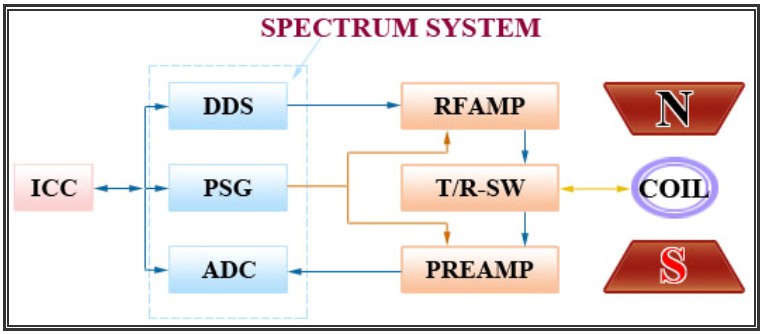Structure of Benchtop NMR, nuclear magnetic Resonance
The architecture of Benchtop NMR:
Benchtop NMR can be divided into four parts: magnet, radio frequency, spectrometer and temperature control.
Magnet: providing uniform magnetic field;
RF Unit: RF amplification and signal excitation;
Spectrometer: a control system for Benchtop NMR;
Temperature control: accurate temperature control of the magnet;
Benchtop NMR is compact, cost-effective, easy to use, simple daily maintenance, can provide a variety of applications. Temperature-controlled permanent magnets do not require liquid nitrogen and helium, and have low cost of use and maintenance. They are suitable for a variety of laboratory research and enterprise quality control.
How Benchtop NMR works:
Benchtop NMR mainly corresponds to H for detection, and can also be used for F signal testing. The NMR signal is generated after the sample is excited by a specific frequency RF pulse. T1 and T2 are the two main parameters. By testing the T1 and T2 relaxation time, it can be used for food, agriculture, petroleum exploration, polymer, solid fat content… Multiple studies. Various methods have been developed to form international standards and industry standard methods.
The main features of Benchtop NMR:
1. Friendly user interface, easy to operate. It is simple to use and does not need professional and technical personnel to operate.
2. Benchtop NMR is small, no need special installation site.
3. permanent magnet, Convenient maintenance, low cost.
 NIUMAG
NIUMAG
